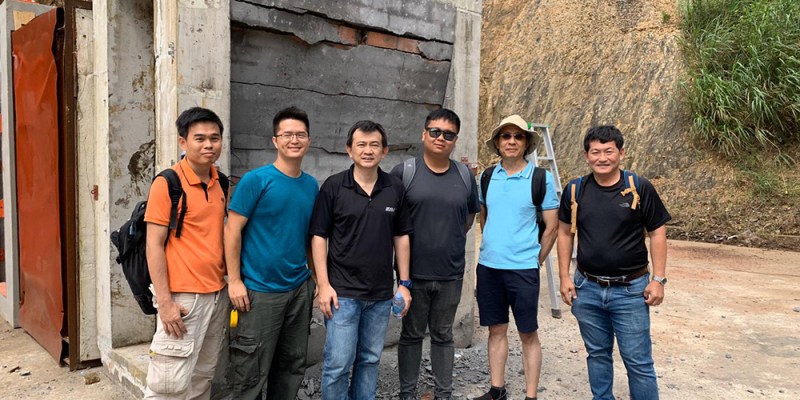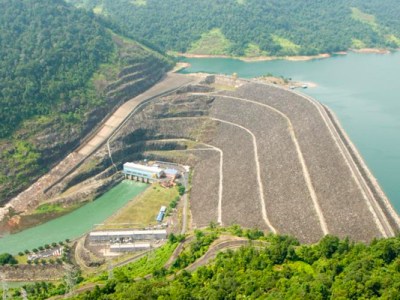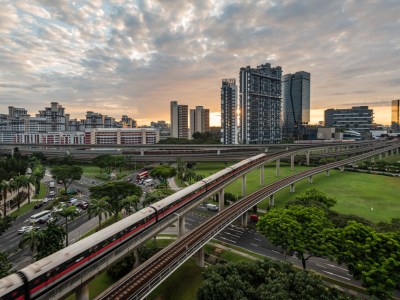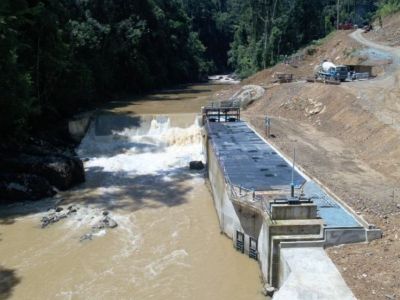Dr Ang Choon Keat (third from left) with team mates at a blast test site in China before the outbreak of Covid-19. This is the aftermath of a bomb blast on a brick wall strengthened with FasRap, a blast-resistant wrap that Prostruct co-developed with its partners.
Prostruct Consulting, a leading urban and infrastructure protection consulting firm specialising in security, and blast consultancy and testing, has become the eighth member company of the Group recently. It was founded by Er. Dr. Ang Choon Keat, a Professional Engineer (Civil) and Specialist Professional Engineer in Protective Security Engineering. He is also the Managing Director of the company.
The name “Prostruct” is an amalgamation of the words “protect” and “structure”, which spells out exactly what the company sets out to do. Iconic buildings, premises with high crowd density and critical infrastructure are highly attractive targets for terrorist attacks, and it is important to incorporate protective security features into the design and development of the built environment.
In Singapore, for example, the Infrastructure Protection Act requires designated buildings to integrate security measures into their designs before they are built or renovated. These designs must be assessed by certified security and blast consultants.
Integration with building design
Prostruct’s specialisation is in the integration of protective security considerations and blast resistant elements into the building designs, a process known as Security by Design. This ensures that security measures are effectively incorporated into the building without compromising the functions and aesthetics of the building, or require expensive and intrusive retrofitting during the later stages of the development life cycle.
The addition of Prostruct enhances Surbana Jurong Group’s specialty capabilities in blast engineering that will provide solutions to reinforce and protect buildings and infrastructure against blast and other effects of explosion and weapons. An example is incorporating energy absorbing systems into the glass facade of a critical building to dissipate the energy generated by a blast, and not just simply resist the blast.
“What Prostruct offers is resilience, which is often ignored until a system is shocked and rattled,” said Dr Ang. “The disruption of the supply chains caused by the Covid-19 pandemic around the world shows this. We need to think long-term and invest in building resilience into our businesses to survive shock – whether this is an attack on our infrastructure or a natural calamity.”
Innovative work by Prostruct in blast engineering includes:
1) Fast Wrapping Fibre Reinforced Polymer (FasRaP)
This a blast-resistant wrap has been profiled in the press. It was developed with the Nanyang Technological University and Jurong Town Corporation. FasRaP is made of glass fibres composite which hardens on exposure to light. It is said to be more cost-effective than steel reinforcements. It works like double-sided tape and can be “wrapped” around critical infrastructure and conservation buildings to protect them.
2) Blast resistant roller shutter
This is useful where the installation of blast doors is not feasible. The blast roller shutter is designed such that the panels of the shutter do not detach from the shutter and are able to withstand the enormous blast pressure and heat exerted by an explosion. Using such shutters can also prevent flying fragments from detached panels from causing more injury during an explosion.
Used to create safety distance between a potential target building and explosive devices, crash bollards have to withstand high impact delivered by heavy vehicles crashing into them. Robust design and the testing of a crash bollard system for a client is important before the installation of the system.





















